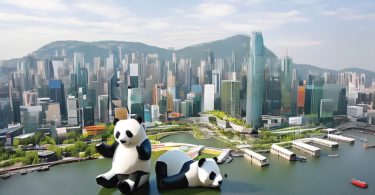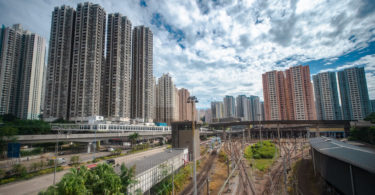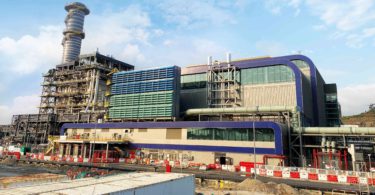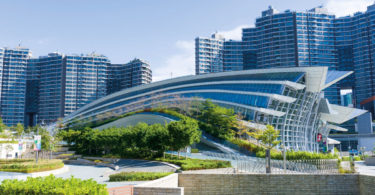By Stefan Krummeck
Vice President (Professional Development), HKIUD Director, Farrells
A smart and sustainable city is made up of two main components. A smart city is an urban area that uses advanced technologies and systems to manage assets, resources and services efficiently. Smart city concept integrates information and communication technology to enhance quality, performance and to reduce costs and resource consumption. And a sustainable city is a city designed with consideration for social, economic, environmental impact and climate resilient, without compromising the ability of future generations to experience the same.
The goal of a sustainable city is dedicated towards the minimisation of required inputs of energy, water, food, waste, output of heat, air pollution, water pollution and methane emission. An ideal sustainable resilience city should be able to offer an enduring way of living across the domains of ecology, economics, politics and culture. Innovative city planning solutions must involve considerations of both smart and sustainable concepts.
There are challenges in most of the cities, such as energy consumption, pollutions, car dominated, lack of public realm, population growth, aging society, resources, etc. The increase of the efficiency of a city could reduce our carbon-footprint and thus could enhance a more sustainable city.
This is an excerpt. The original article is published in Construction+ Hong Kong Issue 18.
Subscribe to the digital edition or print magazine to read the complete article.

 Malaysia
Malaysia Singapore
Singapore Indonesia
Indonesia Tiếng Việt
Tiếng Việt ประเทศไทย
ประเทศไทย










